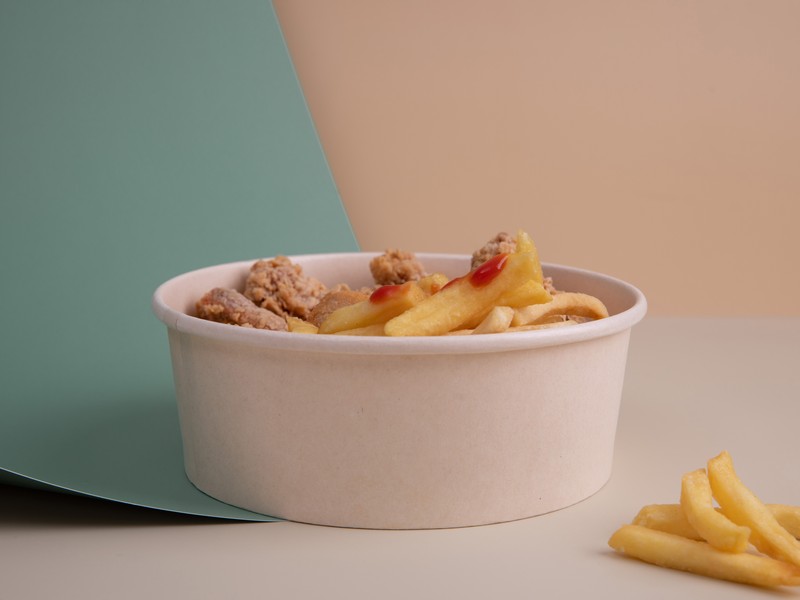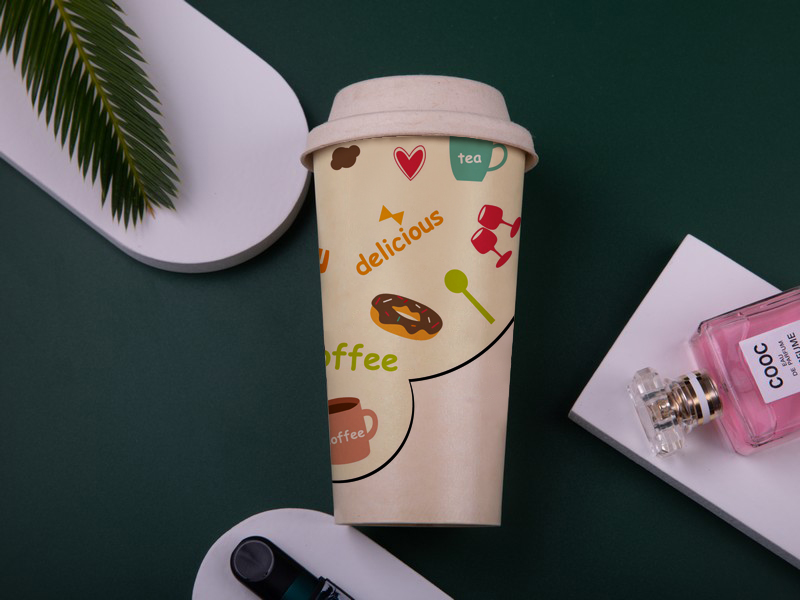
Disposable takeaway paper bowls are a popular choice among many individuals who want to enjoy a hot bowl of soup on the go. These bowls are designed to be lightweight and easy to carry, making them the perfect choice for those who want to enjoy their soup while commuting to work, attending events, or simply on the go. In this article, we will explore the advantages and disadvantages of disposable takeaway bowls and why they have become such a popular choice for many people.
Advantages of Disposable Takeaway Soup Bowls:
1.Convenience: The main advantage of disposable soup bowls is that they are incredibly convenient. These bowls are designed to be used once and then discarded, making them ideal for those who don’t have time to wash dishes or who are always on the go. They are also easy to carry around, so you can enjoy your soup wherever you are.
2.Lightweight: Another advantage of disposable takeaway soup bowls is that they are lightweight. This makes them easy to carry around, even if you are carrying other items. You don’t have to worry about the bowl adding extra weight to your bag or making it difficult to carry.
3.Affordable: Soup bowls are also affordable, which is why they are so popular. You can buy them in bulk for a low price, which means you can enjoy your soup without breaking the bank.
4.Hygienic: Disposable bowls are also hygienic. They are designed to be used once and then thrown away, which means you don’t have to worry about washing them or making sure they are clean. This makes them a popular choice among those who are concerned about hygiene.
Disadvantages of Disposable Takeaway Soup Bowls:
1.Environmental Impact: One of the biggest disadvantages of disposable takeaway soup bowls is their impact on the environment. These bowls are made from materials that are not biodegradable, which means they can take hundreds of years to decompose. This contributes to the growing problem of waste and pollution. You need not worry about this while using Aecoz Soup Bowls as it is made from an environmentally friendly paper board.
2.Quality: Another disadvantage of disposable takeaway soup bowls is that they may not be of the same quality as traditional soup bowls. Some disposable bowls may not be able to hold hot soup for long periods of time, which can be a problem if you are commuting or if you need to keep your soup hot for an extended period of time.
3.Safety: There is also a safety concern with disposable takeaway soup bowls. If the bowl is not made of high-quality material, it may melt or become deformed when it comes into contact with hot soup. This can result in burns or other injuries.
4.Aesthetic: Disposable bowls may not be as aesthetically pleasing as traditional soup bowls. They may not have the same design or texture, which can be a turn-off for some individuals.
Tips for Choosing the Right Disposable Takeaway Soup Bowls:
Look for Biodegradable Options: If you are concerned about the environment, look for biodegradable takeaway soup bowls that are made from biodegradable materials. These bowls are designed to decompose over time, which can help reduce waste and pollution.
Check the Quality: Before purchasing takeaway soup bowls, check the quality of the material. Make sure the bowl is made of a high-quality material that can hold hot soup for an extended period of time.
Safety First: Always prioritize safety when purchasing disposable takeaway soup bowls. Look for bowls that are designed to be used with hot liquids and that are made of a material that won’t melt or become deformed when it comes into contact with hot soup.
Aesthetics: If aesthetics are important to you, look for disposable bowls that have an attractive design or texture. You can find a wide range of options online or in stores, so take your time to find a bowl that










